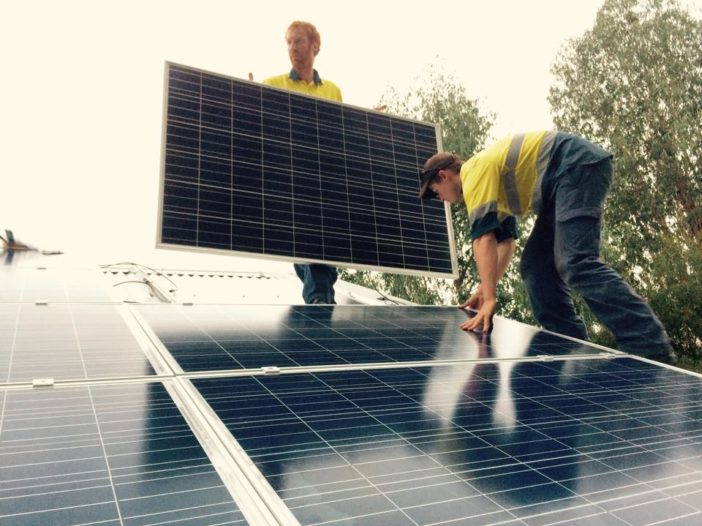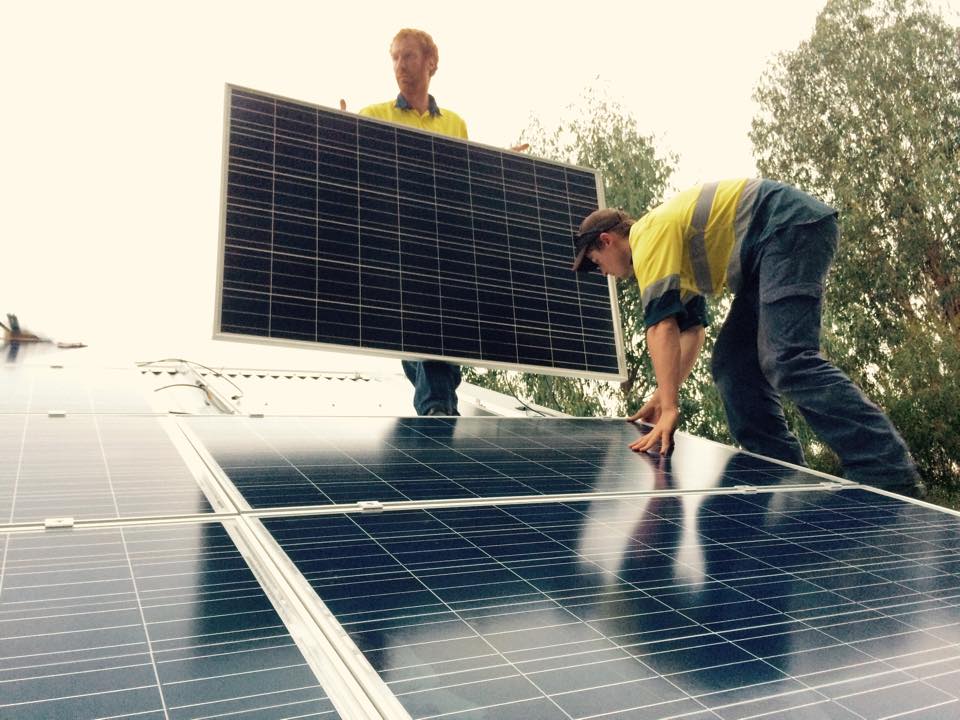

The emerging market for rooftop solar on commercial business rooftops is in danger of being eroded following changes to network tariffs that could mean consumer bills increase with the addition of rooftop solar, rather than fall.
Networks across the country are trying to defend their revenue base with major switches to tariff structures. In Queensland, the push is on for higher fixed network charges. In NSW, there is a proposal to impose a network charge (a solar tax) on exports from the grid.
In South Australia this week, the local network operator has revealed plans to impose “demand tariffs” – based around the maximum consumption from a user in any 30 minute period over a month – to home and small business consumers.
South Australia Power Networks justifies this on the basis that they are “cost reflective”, but the solar industry is up in arms, saying that such bills must reflect the network peaks, not individual usage peaks, which may occur at completely different times.
SAPN has admitted that its new tariffs could halve the rate of solar installations in the state, although it says that it may encourage battery storage. That appears to be the de-facto policy position – to encourage all new solar installations to come with storage.
 CORENA, a volunteer run not for profit community group that uses donated funds to give interest free loans to help other non-profits reduce their bills with rooftop solar (such as this community centre pictured left), says the equation for rooftop solar has gotten a whole lot more complicated.
CORENA, a volunteer run not for profit community group that uses donated funds to give interest free loans to help other non-profits reduce their bills with rooftop solar (such as this community centre pictured left), says the equation for rooftop solar has gotten a whole lot more complicated.
Any meter change associated with installing solar PV will trigger an automatic switch to a demand tariff for anyone with a small business account and a multi-phase supply, even those with relatively small electricity consumption.
Spokesperson Margaret Hender says CORENA found out by chance, just as they were about to fund a solar installation for a non-profit community organisation.
The new demand tariff meant that the savings – once easily calculated by the reduction of electricity consumed from the grid – were now difficult to quantify.
In some cases, according to SAPN data, it may mean that bills for small business may rise, particularly if they were not able to reduce their maximum grid demand, no matter what time it occurred.
“SAPN modelling shows a wide range of potential outcomes, with some customers having much higher bills and some having lower bills,” Hender says.
“The differences are large enough to suggest that in a worst case scenario, installing solar and the resultant forced switch to demand tariff may result in higher electricity bills than doing nothing.”
Hender says the new “Low Voltage Actual Demand tariff” features low usage charges and high monthly demand charges based on the highest peak in demand in that month.
This makes it difficult to estimate how much electricity bills will be, and even more difficult to estimate the cost-effectiveness and payback time of a solar PV installation, a critical component when assessing loan viability.
“Certainly, the relatively low usage charges suggest payback times will be considerably longer than previously unless installing solar PV happens to also reduce demand at times when demand charges are highest.
“That seems unlikely since the lower ‘shoulder’ demand charges don’t start until 9:00pm.” Hender says the impact is so great, CORENA will have to focus on regions without a demand tariff.
Local installers now report that almost all potential solar customers in the small business sectors are asking about battery storage as a way to ensure savings. This is likely to lead to even less use of the grid.
Steve Blume, the president of the Australian Solar Council, and the Australian Storage Council, says SAPN have made a “big error” by not linking the demand from the user to the real costs to the network of peak demand.
“If the actual demand at any time contributes to a high network peak demand – so requiring resources to meet that peak – then it might be reasonable to send a price signal to the consumer to change their time of use to lower that overall high cost demand,” Blume says.
“But if that link is absent – and the maximum demand of any particular customer in any month could be entirely unrelated to the peak loads needing to be managed by the network.
“If that is the case, then this is simply a price gouge and/or a method to resist adoption of self-consumption technology ie: solar PV and storage.
Blume also says that the added value of solar PV generation – which by SAPN’s own admission has deferred and narrowed the peaks, and helped increase stability at times of extreme demand – have been ignored.
“This is a dumb and simplistic proposal and ultimately self defeating.
“They seem not to realise that consumers now have choice and seem quite willing to pay a higher short term cost to move away from businesses they do not trust.”
Giles Parkinson is founder and editor of One Step Off The Grid, and also edits and founded Renew Economy and The Driven. He has been a journalist for 35 years and is a former business and deputy editor of the Australian Financial Review.



